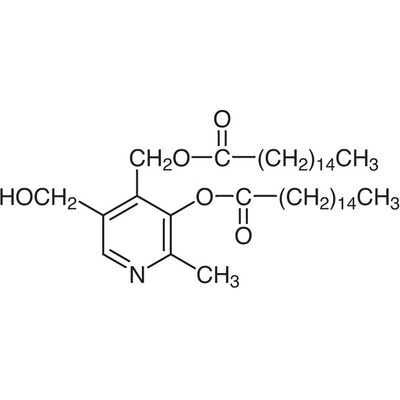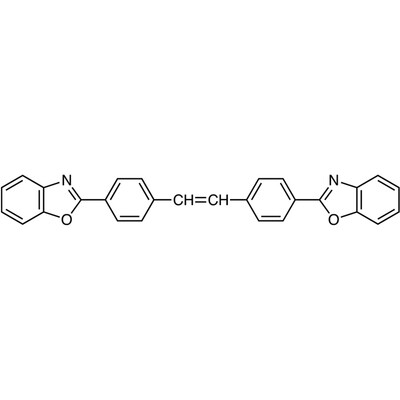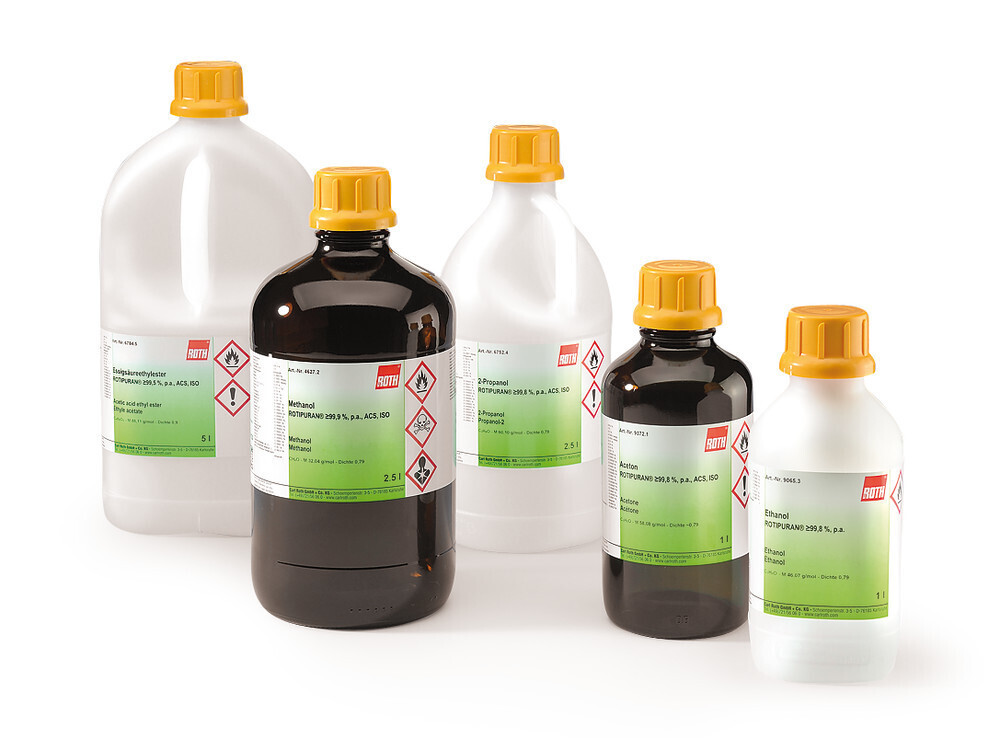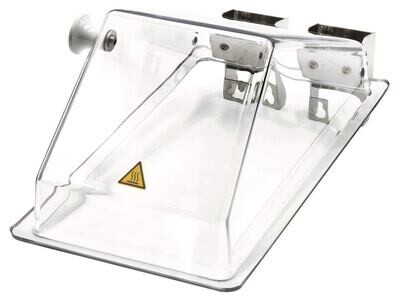Isoamylalkohol, 1 l
Determination of Fat
Fat analysis is used to determine the fat content and fat composition of foodstuffs. Individual components or total fats levels can be calculated depending on the purpose of testing. Different components are subject to different procedures by law, such as the Gerber method or the Van Gulik technique.
• Add sample to 60 ml water
• Subsequently add, while mixing after each step:
a) 5 ml Carrez-I-solution, Art. No. 9944
(or 7,2 g zinc sulphate heptahydrate, Art. No. K301 ad 100 ml)
b) 5 ml Carrez-II-solution, Art. No. 9950
(or 3,6 g potassium hexacyanoferrate(II), Art. No. P745 ad 100 ml)
• Adjust pH to 7,5 - 8,5 by adding NaOH (0,1 M) Art.No. K020
• Fill volumetric flask up to mark, mix, and filter
| Assay (GC) | ≥98,5 % |
| Colour (Hazen) | ≤10 |
| Density (d 20 °C/4 °C) | 0,808-0,812 |
| Water | ≤0,2 % |
| Aluminium (Al) | ≤0,00005 % |
| Boron (B) | ≤0,000002 % |
| Barium (Ba) | ≤0,00001 % |
| Calcium (Ca) | ≤0,00005 % |
| Cadmium (Cd) | ≤0,000005 % |
| Cobalt (Co) | ≤0,000002 % |
| Chromium (Cr) | ≤0,000002 % |
| Copper (Cu) | ≤0,000002 % |
| Iron (Fe) | ≤0,00001 % |
| Magnesium (Mg) | ≤0,00001 % |
| Manganese (Mn) | ≤0,000002 % |
| Nickel (Ni) | ≤0,000002 % |
| Lead (Pb) | ≤0,00001 % |
| Tin (Sn) | ≤0,00001 % |
| Zinc (Zn) | ≤0,00001 % |
| Evaporation residue | ≤0,001 % |













